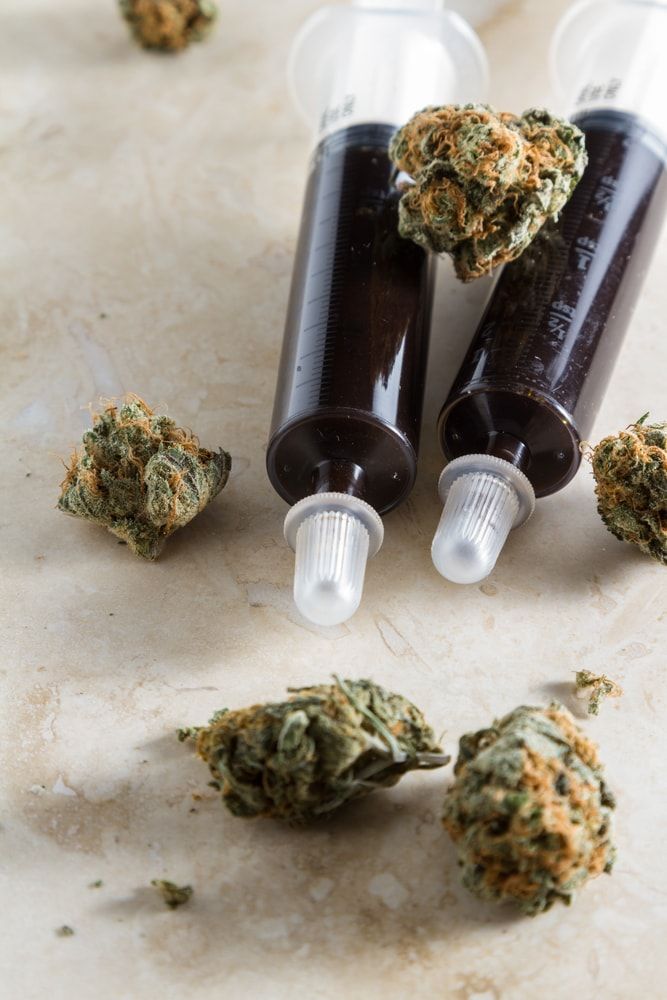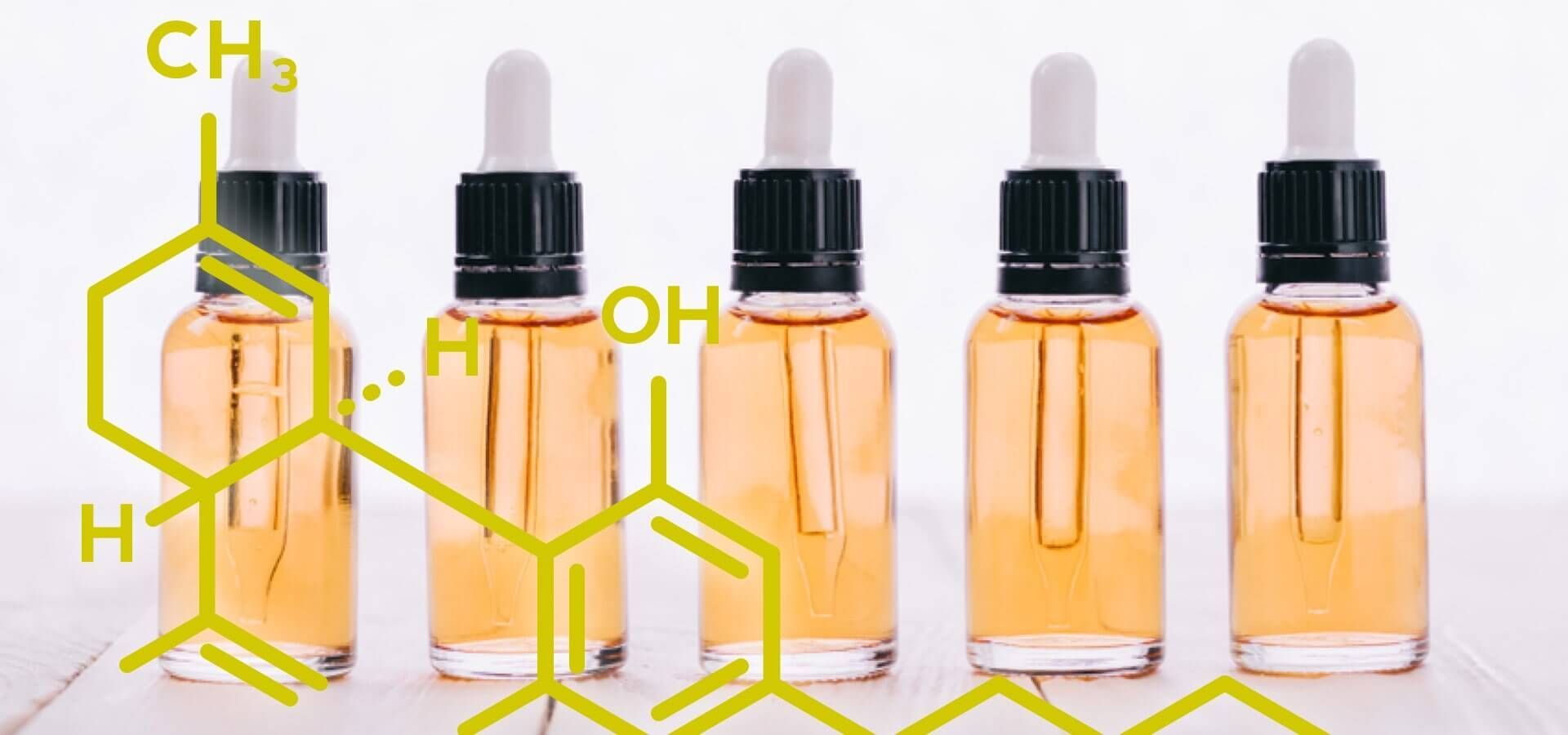What are Terpenes?
In addition to familiar cannabis words like cannabinoid, indica, and sativa, you may have come across terpenes. It is another chemical compound found in cannabis and may be the key to understanding the various cannabis products.
LePow Extracts, based in Denver, Colorado, is a premier cannabis extraction and infusion brand. We specialize in making small-batch, full-spectrum concentrates and edibles for medicinal and recreational connoisseurs. This article will answer common questions about terpenes and their outcomes.
What Are Terpenes?
They are natural chemical compounds that are often released in the same glands that create cannabinoids such as THC and CBD, and they allow each strain to have its distinct flavor and aroma.
Terpenes can be found in plants and some animals. You may have already been exposed to terpenes all your life. They are responsible for the zesty perfume of oranges and the distinctive scent of pine trees. They even account for lavender’s calming properties.
Terpenes were first developed in cannabis for defensive and adaptive purposes to repel predators and attract pollinators. Many elements impact a plant’s terpene profile formation, including climate, weather, age, nutrients, soil type, and even the period of the day.
How Many Terpenes Are There?
Scientists have found approximately 30,000 distinct terpenes in various plants. But there may be a significant number of terpenes that have not yet been identified.
What Does Terpene-Infused Mean?
It means any product that contains terpenes, including vape oil cartridges from CBD distillate or THC and pure terpene oils.
What Are Terpenes in Cannabis?
There are different terpenes in cannabis plants, and each strain has a distinctive terpene profile and composition. Myrcene, Limonene, Alpha-pinene and Beta-pinene, Caryophyllene, Linalool, and Terpinolene are the most common naturally occurring terpenes in cannabis.
Myrcene
The most common terpene identified in cannabis plants is Myrcene, which may also be found in mangoes. Myrcene can account for a significant part of the entire terpene profile.
Limonene
It is the second most abundant terpene in all cannabis plants; however, it is not present in all strains. Limonene gives cannabis strains a zesty aroma reminiscent of lemons, which is not surprising given that all citrus fruits have high levels of this chemical.
Alpha-Pinene & Beta-Pinene
These two cannabis terpenes have a pine tree scent, and pine trees are also where they are abundant. Rosemary, orange peels, basil, parsley, and cannabis are other plants rich in Pinene.
Caryophyllene
It has a spicy, woody, peppery aroma and is also in black pepper and cinnamon. Caryophyllene is the only terpene that interacts with cannabinoid receptors, making it a cannabinoid rather than a terpene.
Linalool
If you’ve ever used lavender for its relaxing properties, you’re already familiar with the terpene Linalool. It is easily identified by its flowery, rose, and woody fragrance.
Terpinolene
It may be the least common of the six cannabis terpenes. Furthermore, it often has a faint floral aroma, but it may also be piney and lemony, and it is most commonly present in Sativa Dominant strains.
What Do Terpenes Do For The Body?
Myrcene may have irritant-reducing properties. In comparison, Pinene may reduce irritations and ease discomfort. It may also be an antiseptic.
Limonene promotes cannabis and other chemical absorption through the skin, mucous membranes, and digestive tract. Terpinolene may have antifungal and antibacterial properties, while Caryophyllene eases discomfort and tenderness.
CANNABIS TERPENE FAQs
There are various issues about terpenes that most people would love to know. These are some of the common questions people ask about terpenes.
HOW DO TERPENES MAKE YOU FEEL?
Terpenes offer a wide range of psychoactive effects in addition to physical ones. For example, plants with more Myrcene quantities create a relaxing effect. Meanwhile, Pinene may improve concentration. Limonene, along with Caryophyllene and Linalool, reduces your stress levels. Finally, Terpinolene may boost relaxation, attention, and vitality.
HOW CAN I UNDERSTAND A STRAIN’S EFFECTS USING TERPENES?
Understanding the terpenes and determining which ones work best for you will help you have a better medicating experience. You can carefully read the terpene profile listed on the labels of every cannabis product you purchase. One method you may find helpful in comparing terpenes compounds is writing journal entries or taking notes while taking different products.
DO TERPENES GET YOU HIGH?
Not quite. Terpenes, however, have psychoactive qualities, as previously stated. Combining higher quantities of Pinene or Limonene, which are usually more uplifting terpenes, with higher concentrations of Myrcene and Caryophyllene, which are generally more calming terpenes, might result in a more balanced overall experience.
DO DIFFERENT TERPENES HAVE DIFFERENT EFFECTS?
Yes, the variation between the effects of sativa and indica is significantly found in the terpene profile of the cannabis plant. For instance, Limonene, Pinene, and Caryophyllene have an energizing or uplifting psychoactive effect. In contrast, patients who consume Linalool, Terpinolene, Myrcene, and Nerolidol experience a relaxing or soothing effect.
DOES TEMPERATURE AFFECT TERPENES?
Yes, temperature affects terpenes since they are light and volatile. The effectiveness and possible damage to terpenes depend on the temperature at which you vape or smoke them. A study found that dabbing terpenes at high temperatures led to the creation of toxicants such as benzene. You can use low temperatures to generate vapor while dabbing. It will taste better and maintain its therapeutic properties.
HOW DO I KNOW WHICH TERPENES ARE IN MY CANNABIS?
You can find the terpene profile in a product by checking the package or visiting the company’s website.
WHAT ARE THE ADVANTAGES OF CANNABIS-DERIVED TERPENES?
One of the significant advantages of cannabis-derived terpenes is that they may cause an entourage effect, which amplifies the effects of cannabinoids while reducing their adverse effects. Cannabis terpenes occur in various complex and pleasant smells that differ depending on strain and batch. The concentration of terpenes in the mature plant is affected by how cannabis is produced and kept. Terpenes are also more heat sensitive than cannabinoids.
HOW DO TERPENES MODULATE THE EFFECT OF CANNABINOIDS?
The impact of isolated cannabinoids, such as THC or CBD, is common. When combined with the various terpene profiles found in cannabis plants and cannabis extracts, are added to them, the effects can be drastically different depending on the aromatic profile used. This process is referred to as the entourage effect.
WHICH TERPENES CAN IMPROVE RELAXATION?
The makeup of each terpenes profile determines whether a terpenes profile is calming or exciting. Linalool and Myrcene terpenes are some of the most calming terpenes; therefore, their profile is typically relaxing if they are abundant.
WHICH TERPENES CAN IMPROVE MY MOOD?
The entire terpene profile impacts the effects of cannabinoids and, as a result, the sensations you experience. If found in large quantities, limonene, Pinene, or Terpinolene usually enhances active mood.
WE USE THE BEST TERPENE-RICH CANNABIS STRAINS AT LEPOW EXTRACTS
Terpenes have different psychoactive effects. At LePow Extracts, we offer consistent and safe products for patients. Contact us for more details, and we will make your time worthwhile.


